Palmetto Bluff Real Estate Company Sales Office
Office Hours
Monday-Friday 9am - 5pm
Saturday 9am - 4pm
Sunday 12 - 4pm
Saturday 9am - 4pm
Sunday 12 - 4pm
In the summer of 1838, 25-year-old Henry Hartstene, owner of Palmetto Bluff’s Chinquapin and Greenleaf plantations, set sail with the U. S. Exploring Expedition.
Hartstene had been in the navy for nearly ten years; he enlisted shortly after graduating from the American Literary, Scientific, and Military Academy in Middletown, Connecticut in 1828. Other than a few months’ leave in 1836 to marry Martha Ann Roberts in Savannah, he had been at sea for most of those years. The U. S. Exploring Expedition, however, was unlike any of Hartstene’s previous naval assignments. The six ships of the expedition had minimal armaments as their mission was scientific and commercial rather than military. The flotilla was to explore and map the South Pacific and Antarctic Oceans and assess the potential for economic enterprises such as whaling. Nine scientists were to collect specimens and illustrate the flora, fauna and native cultures encountered during the voyage.
By 1842, when the expedition returned, an extraordinary amount of scientific information had been collected. Thousands of observations of temperature, winds, currents and astronomical details would assist navigators for decades. The detailed maps of the islands of the South Pacific would be used by military commanders in World War II. The specimens brought back by the biologists and the ethnographers would become some of the greatest treasures of the collection of the Smithsonian’s natural history museum. But it was the live plants that required an immediate home, and they would become the foundation of the United States Botanic Garden.
The idea of a national botanical garden arrived well before the return of the explorers. In fact, George Washington had proposed including a botanical garden during the planning of the capital. Washington, like Jefferson and other leaders of the young nation, regarded plants as critical to the economic success of the United States. Washington believed that the agricultural and medicinal value of plants from around the world could be investigated at a botanical institution, and he suggested several possible locations in the plans for the District of Columbia. Nevertheless, it wasn’t until 1820 that Congress set aside land in the city of Washington for a botanical garden. Despite the initial enthusiasm, financial support proved fleeting, and in 1837, care and maintenance of the garden ended.%GALLERY%The return of the U. S. Exploring Expedition with its thousands of pressed plants, 250 live plants and numerous seeds, reawakened interest in a botanical garden, and the old garden was renovated and expanded, and a new greenhouse was constructed. As other expeditions brought back tropical plants from distant and mysterious locales, new greenhouses were added.
The United States Botanic Garden rapidly became a favorite destination for residents and visitors, and an excursion to view the latest horticultural novelty or resplendent blossom was especially popular. Americans throughout the country were as fascinated by exotic additions to the garden as they were by the expeditions that procured them. A Charleston newspaper in 1857 recommended that “Strangers in Washington as well as our fellow-citizens should visit the conservatories of the general government. The inside of some of these buildings at this time presents the appearance of an immense bouquet of every variety of rich and rare flowers, and the odor which meets one on entering them is exquisitely delicious. In the large building, besides the coffee tree, the tea plant, the cinnamon and clove trees, the visitor will find rare plants and flowers from almost every clime.” (Charleston Mercury, April 3, 1857).
Today, the United States Botanic Garden, open daily from 10 a.m. to 5 p.m., welcomes over 750,000 visitors per year. In addition to preserving and propagating rare and endangered plants from around the world, the Botanic Garden’s educational exhibits showcase the earth’s diverse ecosystems as well as new cultivars and innovations in garden design. One display has a special significance to Palmetto Bluff: the sago palm in the Garden Court is the original plant brought back by the U. S. Exploring Expedition, a scientific voyage that included the Bluff’s own Henry Hartstene.
Photography courtesy of the Library of Congress
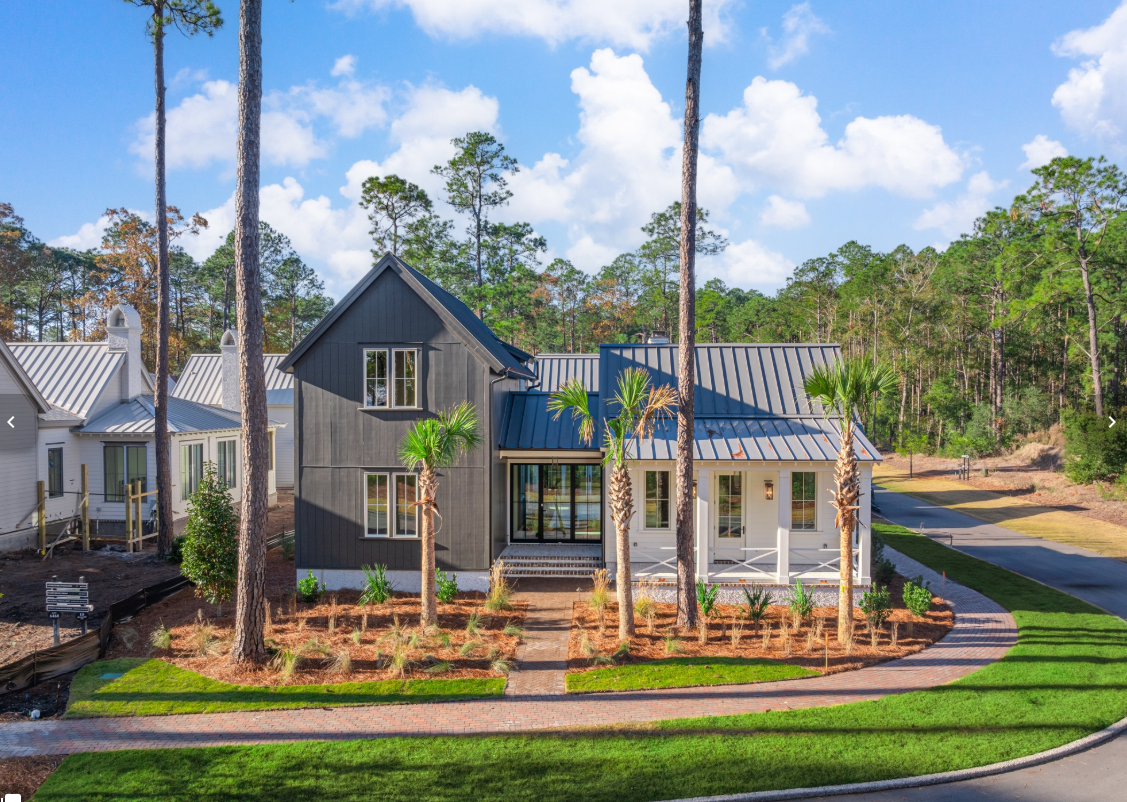
The Ultimate Choice: Building vs Buying a Home in Palmetto Bluff For those searching for Palmetto Bluff homes for sale, this common question often arises: Should you choose an existing residence, or embrace the opportunity to build your own? While a complet...
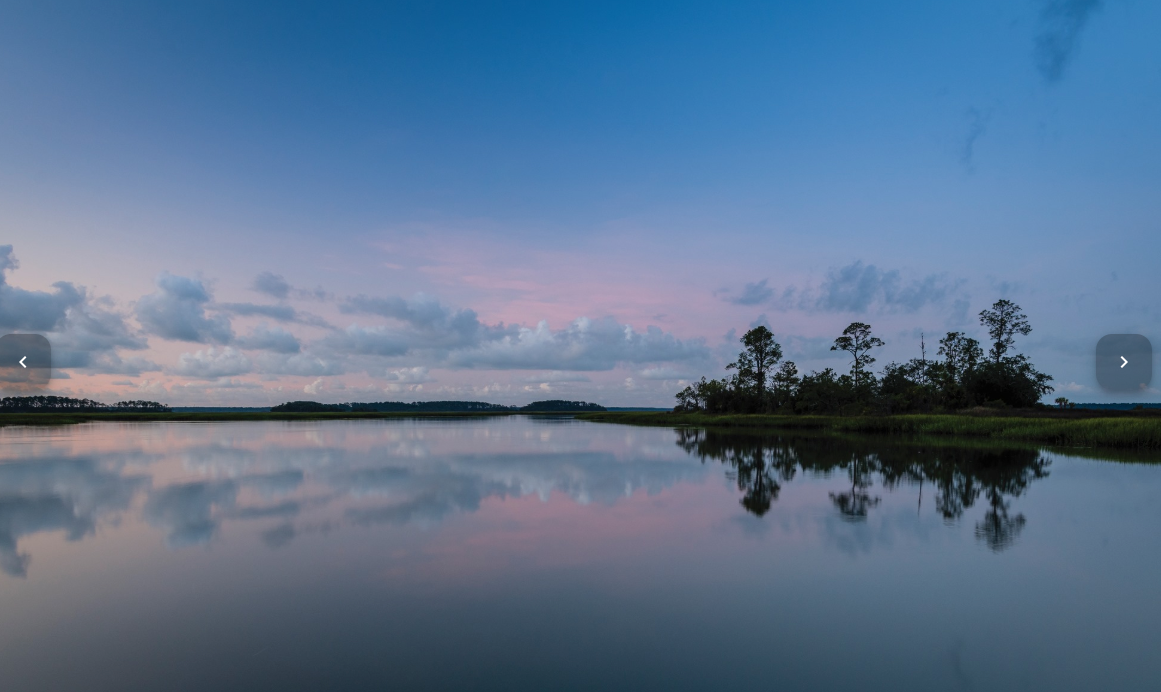
A Complete Guide to South Carolina Winter at Palmetto Bluff South Carolina's winter is unlike any other on the East Coast. While many travelers search for “South Carolina winter” expecting cooler temperatures and limited outdoor options, the Lowcountry revea...
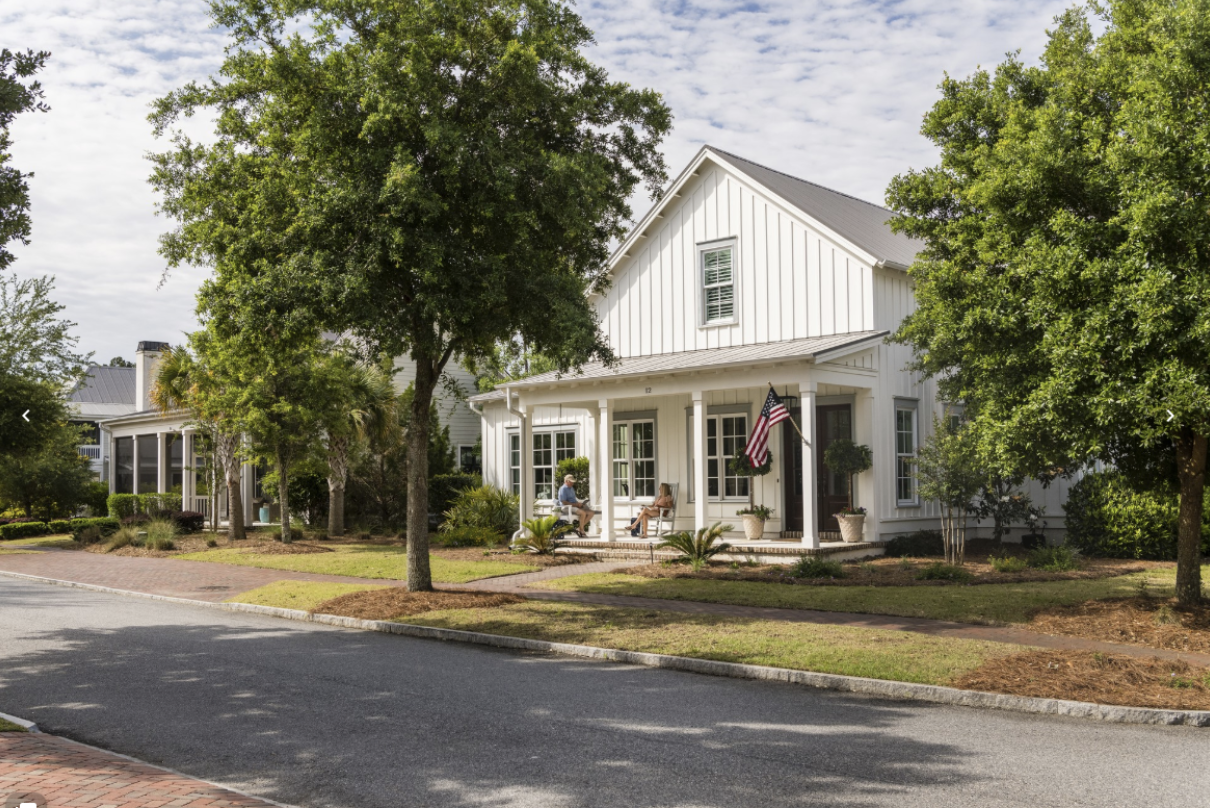
River Road: Where Lowcountry Beauty Meets Elevated Everyday Living Tucked gracefully between Wilson Village and Moreland Village, River Road is one of Palmetto Bluff’s most immersive communities. It's where the pace of life seems to soften, classic Southern ...
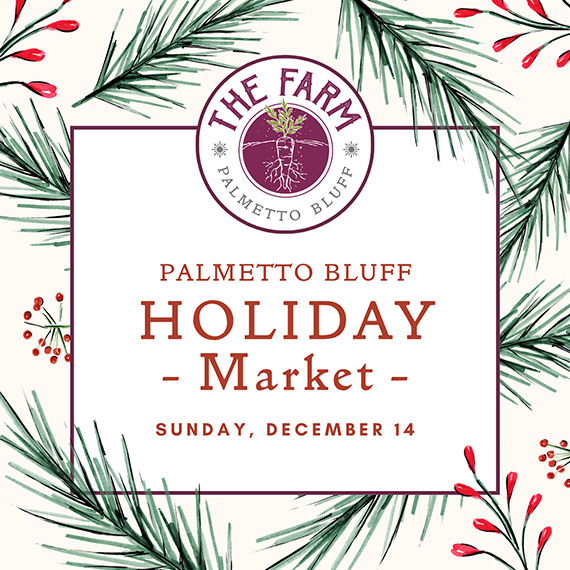
Sunday, December 14 | 9am to 1pmVillage GreenThe season’s most festive farmers market, the Holiday Farmers Market, comes to Wilson Village on Sunday, December 14, from 9am to 1pm. All are welcome to visit and experience the magic of holidays at the Bluff. The ...

Tucked amid whispering pines and overlooking a tranquil water trail, 11 Lyonia Street is where Lowcountry charm meets modern artistry. The newly built residence redefines Southern living with a balance of craftsmanship and calm. This is a home that feels both ...
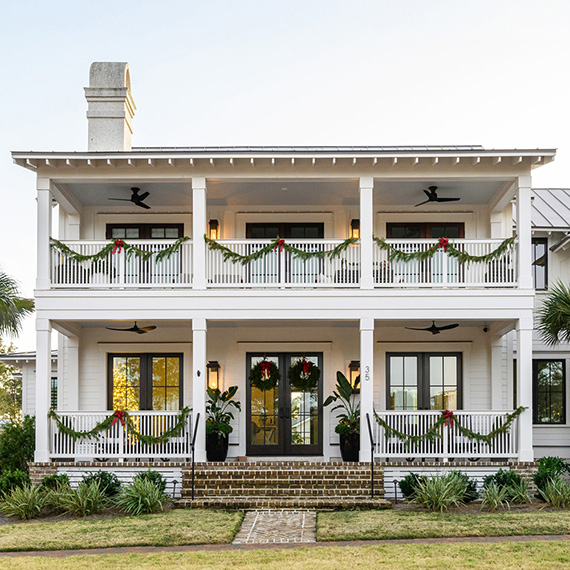
The holiday season in the Lowcountry brings crisp air, oaks draped in twinkling lights, and laughter drifting from homes where families and friends gather once again. At Palmetto Bluff, the holidays are more than just a season; they’re a feeling of togethernes...

https://vimeo.com/1071784239?share=copy&fl=sv&fe=ci We are excited to unveil the official brand identity for Palmetto Bluff’s newest chapter in golf, Anson Point. Designed by golf icons Bill Coore and Ben Crenshaw and set within more than 500 acre...
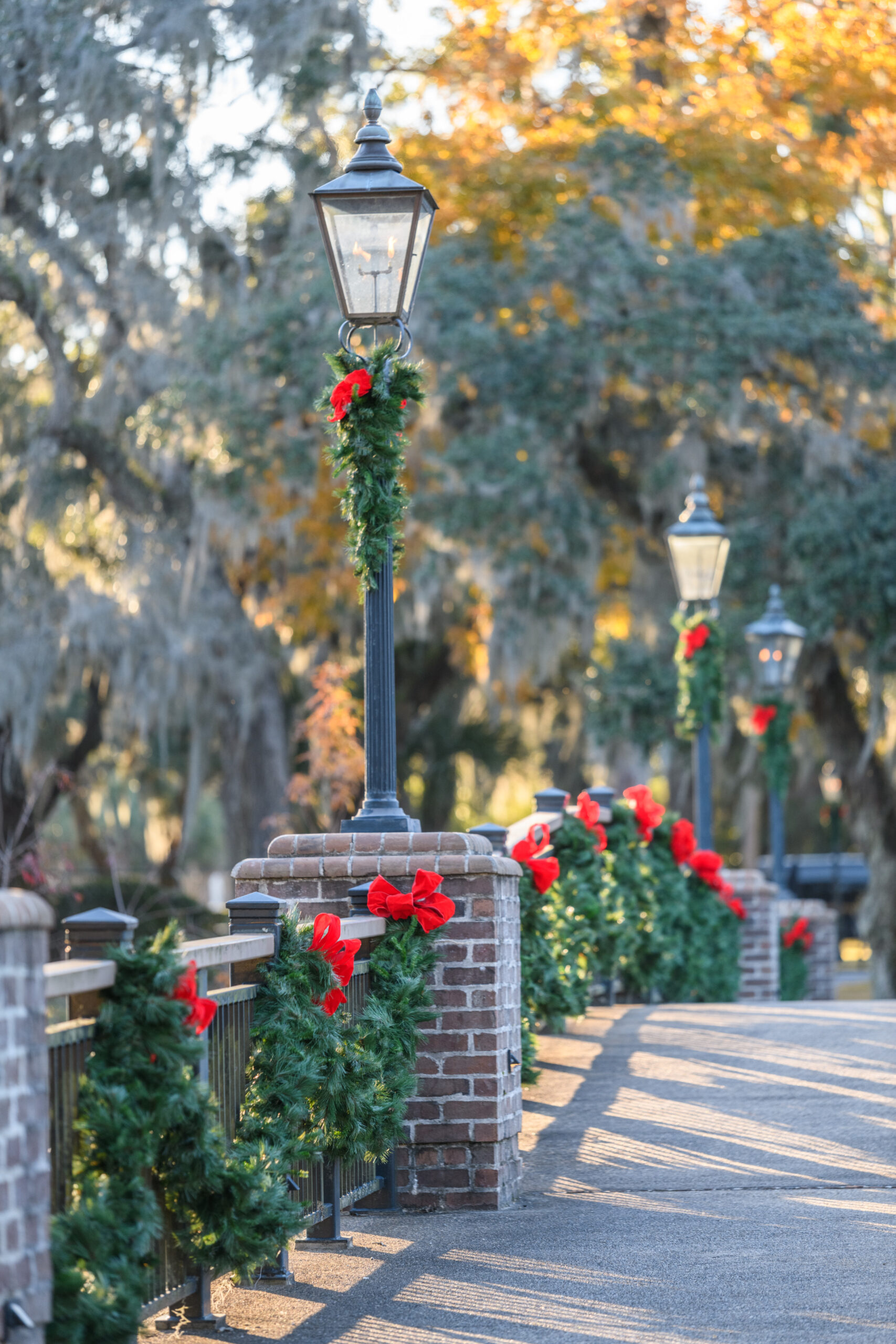
Must-Do 2025 Holiday Events in the Lowcountry There’s no better way to embrace the magic of the holidays than spending them in the heart of the Lowcountry. With its sparkling waterways, moss-draped oaks, and warm coastal charm, Palmetto Bluff transforms into ...
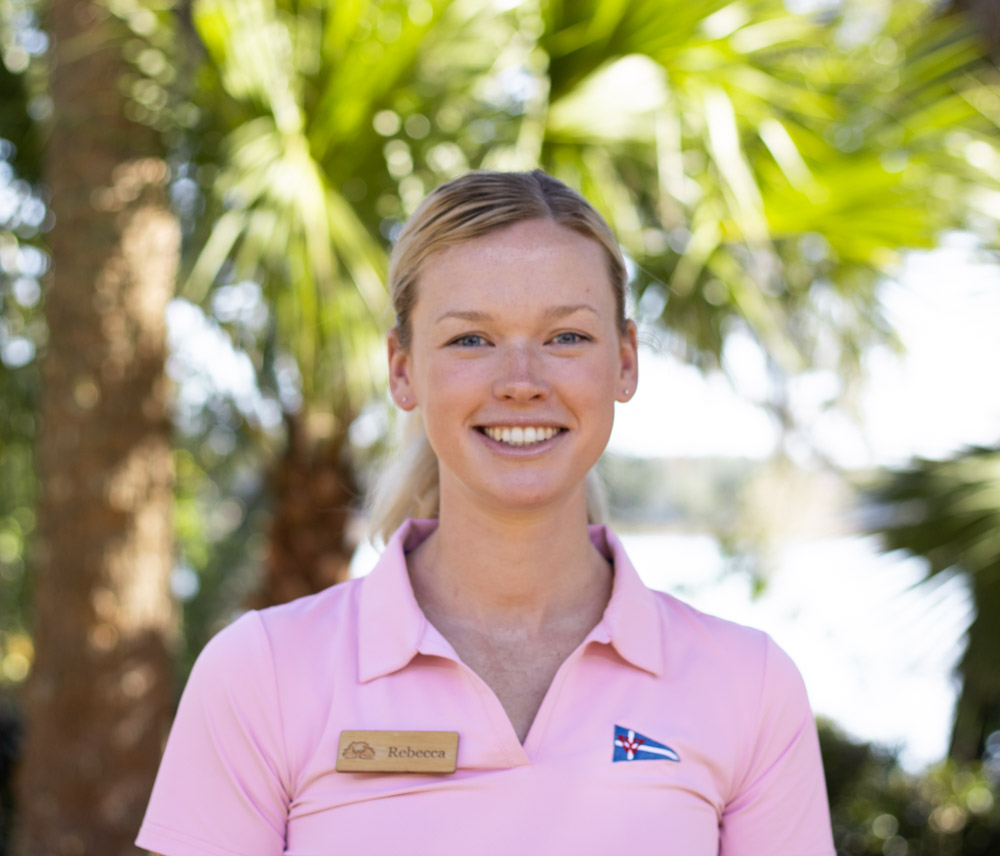
Rebecca’s Journey to Palmetto Bluff For Rebecca McCorkendale, life on the water isn’t just a career—it’s a calling that runs through generations. Growing up on Hog Island, nestled between Hilton Head and Bluffton, Rebecca was raised with salt air in her lungs...
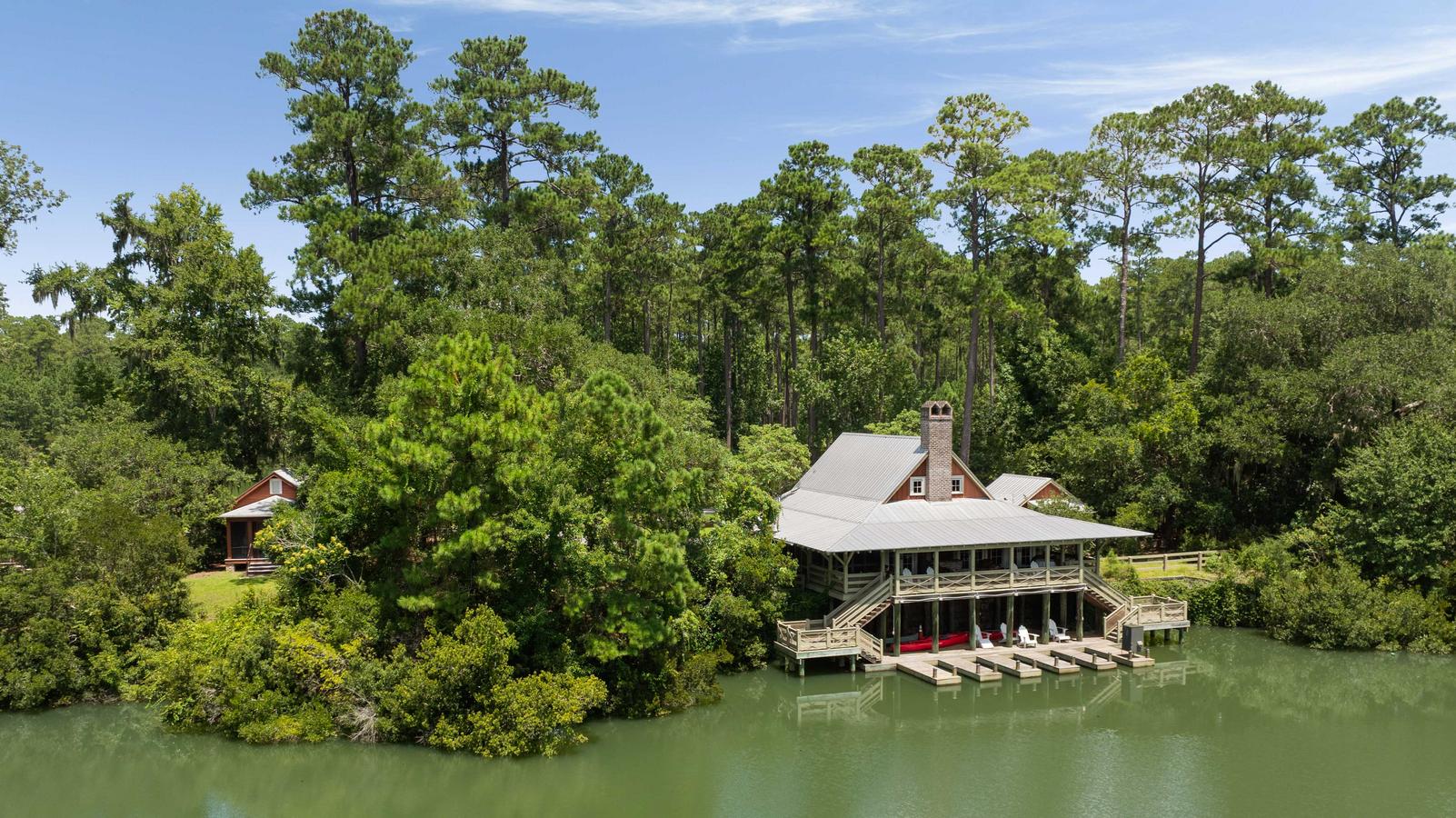
Headwaters Community in Palmetto Bluff Tucked deep within Palmetto Bluff’s untouched maritime forest, Headwaters stands apart as the community’s most private and pristine enclave. With just ten family compounds spread across more than 600 acres of scenic mars...
Learn about the Palmetto Bluff Conservancy and how we keep the vision of our land in place.
On land or water, there is an ever-evolving variety of activities.
We do not attempt to independently verify the currency, completeness, accuracy or authenticity of the data contained herein. All area measurements and calculations are approximate and should be independently verified. Data may be subject to transcription and transmission errors. Accordingly, the data is provided on an “as is” “as available” basis only and may not reflect all real estate activity in the market”. © [2023] REsides, Inc. All rights reserved. Certain information contained herein is derived from information, which is the licensed property of, and copyrighted by, REsides, Inc.